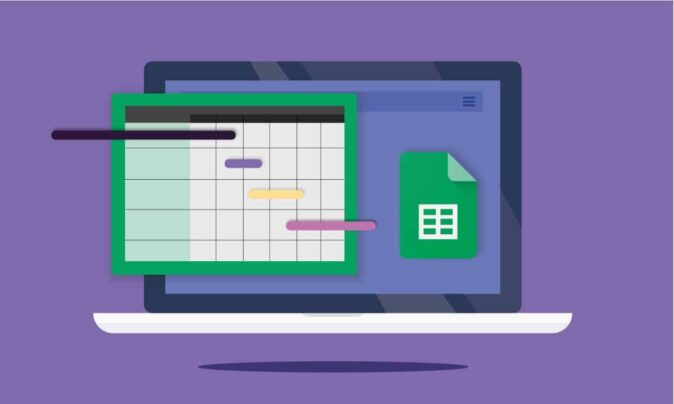Wrike and Asana are both powerful project management applications. But which one’s better for your creative team? In this article, we compare Wrike vs Asana to help you understand which one’s better for you.
As a creative project manager, your needs are different from other project managers.
- Planning and doing work is more important than reports and charts.
- A healthy and inspiring work environment is more important than squeezing every last drop out of your team.
- And collaboratively delivering creative work is more important than spending time in a project management tool.
That’s why we’ll compare Wrike and Asana for planning, task management, and team management features. In addition, we’ll also look at their price plans.
Ready to get started? Let’s dive in.
Wrike vs Asana: A Quick Comparison
Before digging in deep, here’s a quick summary to help you understand how Wrike and Asana compare against each other as well as against Toggl Plan.
| Wrike | Asana | Toggl Plan | |
|---|---|---|---|
| Price (annual) | $9.80+ /user/month | $10.99+ /user/month | $8+ /user/month |
| Price (monthly) | NA | $13.49+ /user/month | $9+ /user/month |
| Project planning features | Gantt Charts & Calendars* | Project Timelines & Calendars | Project Timelines with Milestones |
| Task management features | Task boards with custom workflows* | Task lists & boards with custom workflows | Task boards with custom workflows |
| Team management features | Time tracking | Time tracking via integrations & workload view** | Visual workload management & time tracking |
| Collaboration Features | Task file attachments & comments | Task file attachments & comments | Task file attachments & comments |
* Available in the Wrike Business plan. Costs $24.80 /user/month when paid annually.
** Available in the Asana Business plan. Costs $24.99 /user/month when paid annually.
Wrike vs Asana: Price Plans
Both project management solutions are expensive, especially for advanced features like workload management, proofing, and approvals.
Wrike Pricing
When it comes to pricing, Wrike is slightly less expensive compared to Asana. Its price plans range from $9.80-$24.80 /user/month. A monthly billing option is not available on Wrike’s pricing page.
Following features are only available in the higher-priced Business plan:
- Planning calendars
- Custom task workflows
- Project & task approvals
- Time tracking
- Analytics & reports
Besides these two plans, Wrike also has an Enterprise plan. Enterprise pricing is available on request. In addition, Wrike also offers add-ons at an additional cost for automation, business intelligence, and proofing.
Wrike also has a free plan which is essentially just a simple task list for small teams.
Asana Pricing
Unlike Wrike, Asana offers annual and monthly billing options. However, with monthly billing, you’ll end up paying a 25 percent premium compared to the yearly plan.
Asana’s price plans range from $10.99-$24.99 /user/month for annual billing or $13.49-$30.49 for the monthly billing option.
Following features are only available in the top Business plan:
- Workload management
- Project & task approvals
- Proofing
- Automation Rules
- Business intelligence integrations
Other than these two plans, Asana also offers an Enterprise plan. Pricing for the enterprise plan is available on request.
Asana’s free plan is generous. It’s suitable for teams with up to 15 members. However, similar to Wrike, you don’t get project timeline planning features in the free plan.
Wrike vs Asana: Project Planning Features
Both apps come with project timelines and calendars for creating a project plan. However, in both the tools, timelines are not available in the free plan. Also, in Wrike, the Calendars feature is only available in the top Business plan.
Project Planning in Wrike
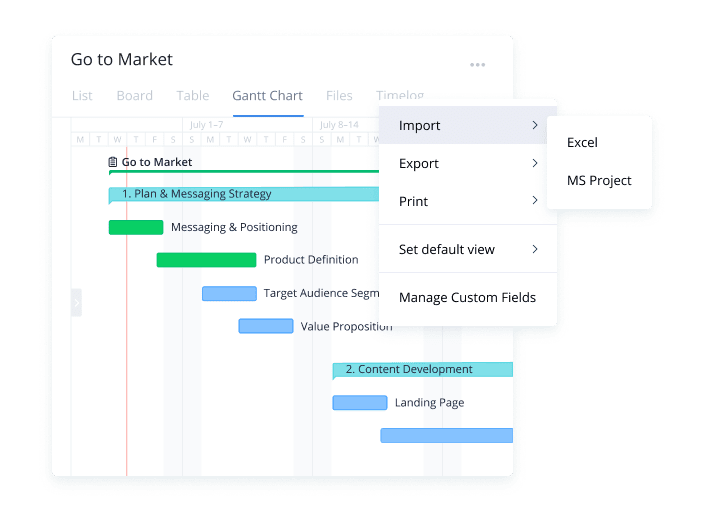
Wrike’s project timeline is more of a Gantt chart. As a result, it’s a little bit complex for non-technical project managers.
You can drag and drop tasks on the timeline, create dependencies, as well as do baseline and critical path analysis of your project timeline. The Gantt chart timeline makes it easy to visualize your project’s schedule. Also, you can easily share it with your team and stakeholders.
The Gantt chart timeline can be created manually or by importing a CSV file.
Project Planning in Asana
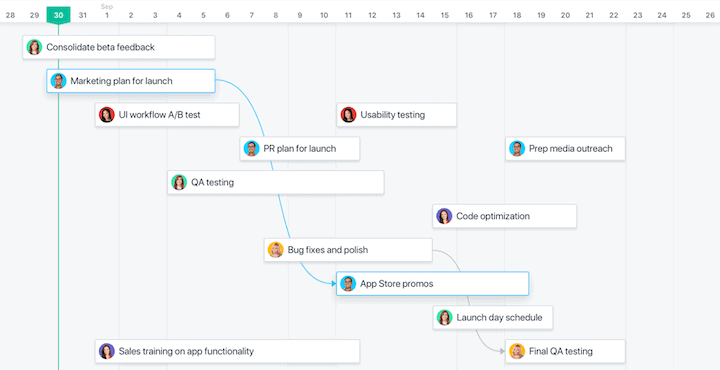
Compared to Wrike, Asana’s project timeline is more straightforward to read.
You can drag and drop tasks, create dependencies, and add milestones to the timeline. Unlike Wrike, there are no schedule analysis tools. However, you can quickly look for bottlenecks using the visual project timeline.
Like Wrike, you can import a timeline from a CSV file. And you can share it with team members and stakeholders.
Wrike vs Asana: Task Management Features
For task management, both Wrike and Asana have powerful features right from the free plan. However, custom workflows in Wrike are only available in the top pricing tier.
Task Management in Wrike
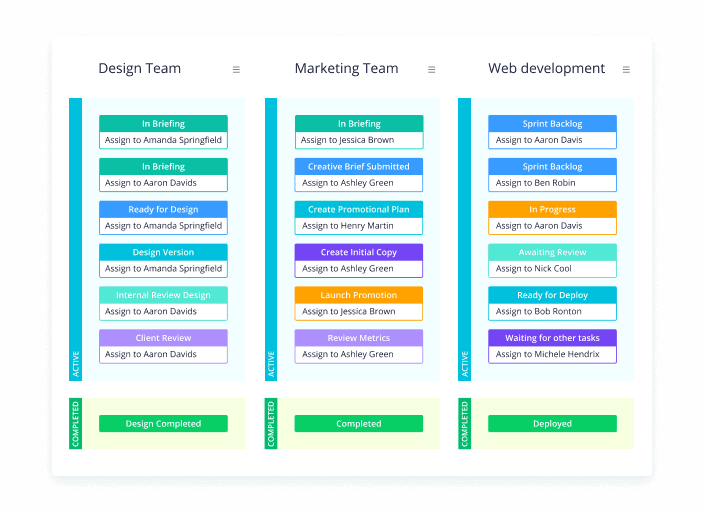
Wrike comes with the familiar spreadsheet and Kanban board views for task management.
With Kanban boards, your team can prioritize tasks and get them done without any distractions. Changing task status is as simple as dragging and dropping them to the next column.
And, if you subscribe to the top Business pricing tier, you can create custom task workflows to match your team’s way of working. Plus, you can also add custom fields to your tasks.
Task Management in Asana
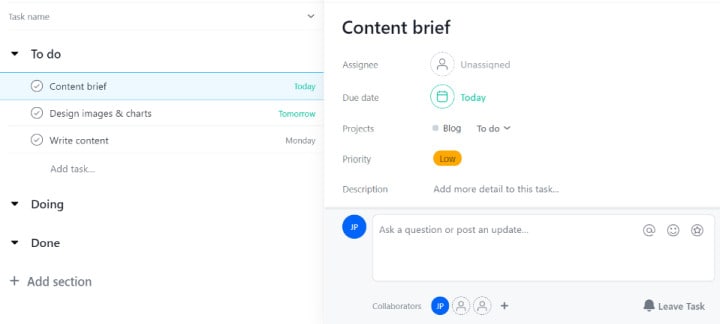
Similar to Wrike, Asana comes with Kanban boards. In addition, you also can create basic task lists to manage tasks.
And subscribing to paid plans gets you additional features like custom fields and task approvals. Also, similar to Wrike, your team can collaborate on tasks using file attachments and comments. And an activity log is available to look at the history of a task.
Wrike vs Asana: Team Management Features
When it comes to team management, in some cases, Wrike is better than Asana. For example, Wrike has an inbuilt time tracking feature. On the other hand, Asana has better features when it comes to workload management.
Team Management Features in Wrike
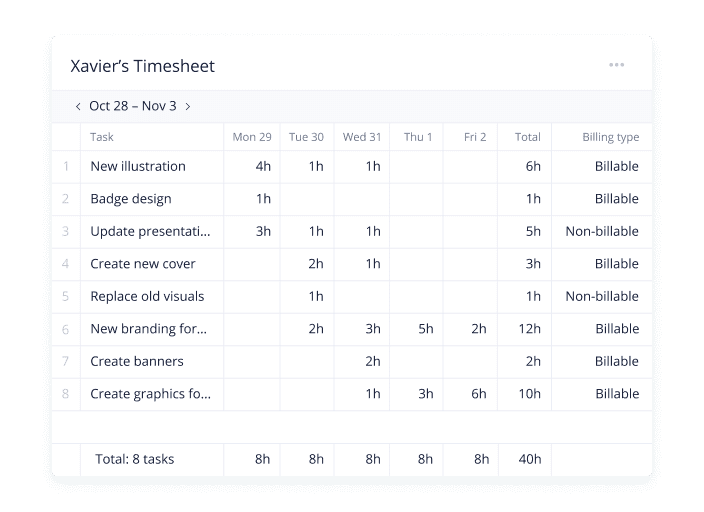
Wrike has an inbuilt time tracking feature. It helps you improve your team’s productivity by monitoring the time a team member spends on each task. In addition, this feature is helpful for creative teams that bill clients on an hourly basis.
Wrike lacks features for planning work based on team availability and managing workloads.
Team Management Features in Asana
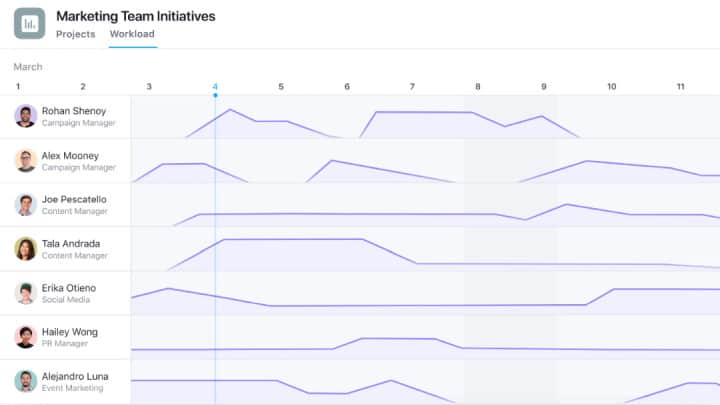
Asana’s top-tier Business plan comes with a workload view. Using this view, you can visualize your team’s workloads. Plus, you can reallocate work to even out the workloads.
Asana does not have inbuilt time tracking. However, it supports integrations for popular time tracking tools, including Toggl Track.
The only team management feature Asana misses out on is planning based on your team’s availability.
Wrike vs Asana: Final Verdict
Both apps are powerful and are in a similar price range. However, your team may need some onboarding and training to make the best of both these tools.
Wrike is right for you if you:
- Need technical project management features such as baseline and critical path analysis features
- Want to improve your teams’ efficiency using graphical analytics and reports
- Bill clients based on a time and expense basis and need builtin time tracking features
- Don’t mind shelling out extra for add-ons and paying annually
Asana is right for you if you:
- Need multiple ways — timelines, lists, boards, calendars — to visualize your projects
- Care about your team’s workloads
- Need builtin portfolio management, proofing, and automation features
Or, you can try Toggl Plan
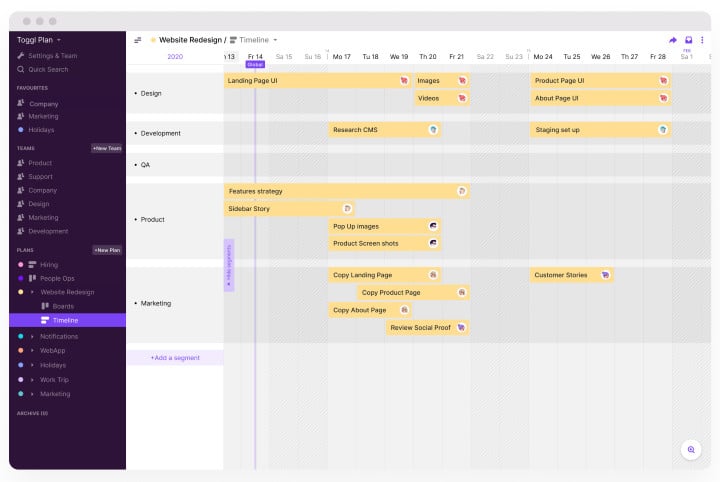
Toggl Plan is a beautifully simple project planning and execution tool for creative teams. It comes with the following features:
- Plan projects with a simple drag and drop timeline.
- Visualize your team’s availability and workloads when creating schedules.
- Get things done with customizable workflows and Kanban boards.
- Work together on tasks using comments and file attachments.
- Stay on top of your projects with in-app notifications and email updates.
Learn more & get started with Toggl Plan for free.
Jitesh is an SEO and content specialist. He manages content projects at Toggl and loves sharing actionable tips to deliver projects profitably.
